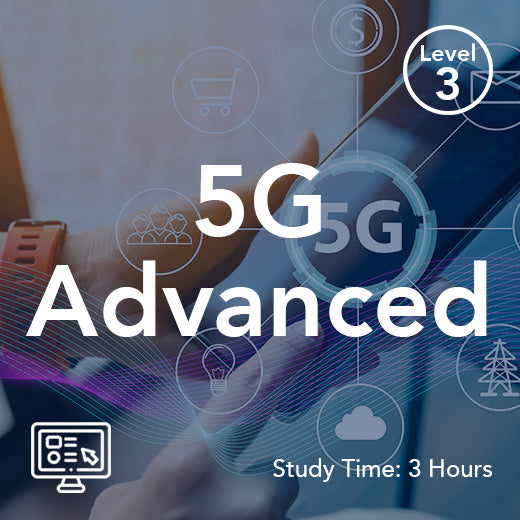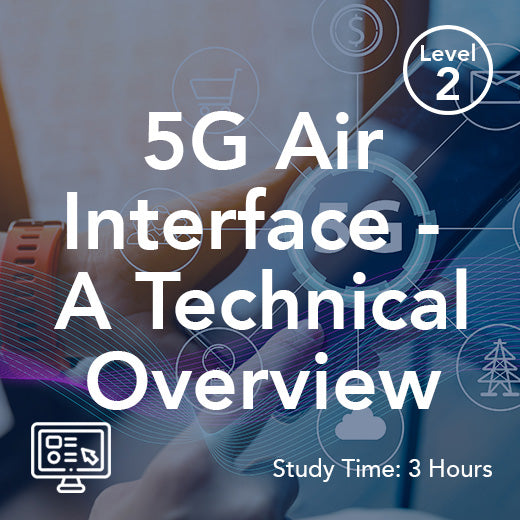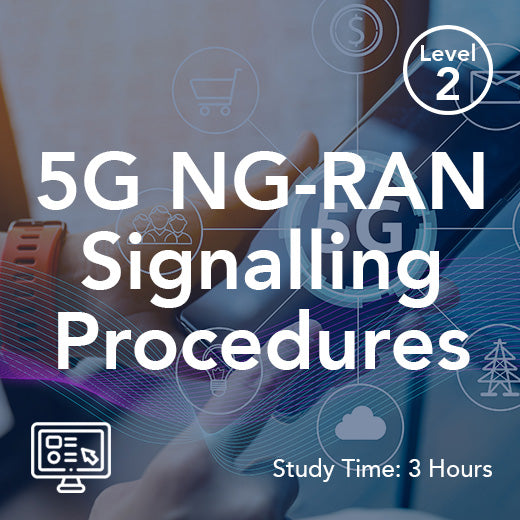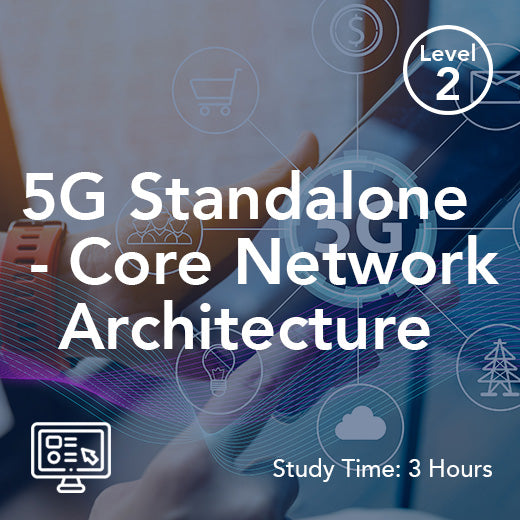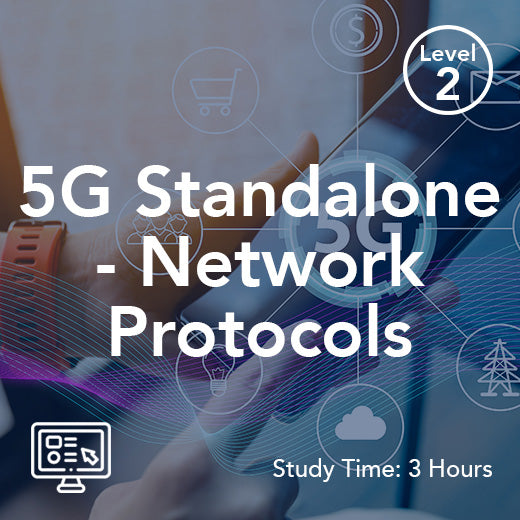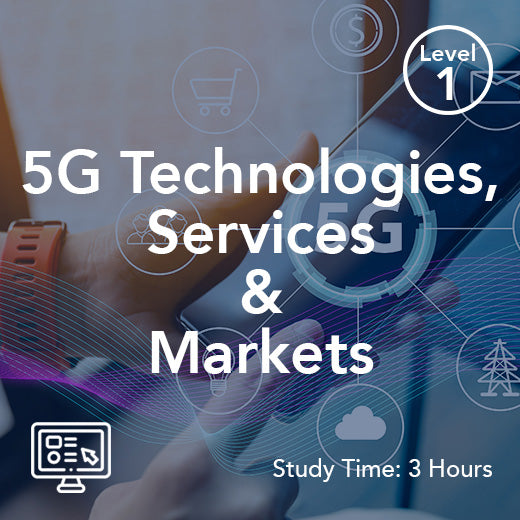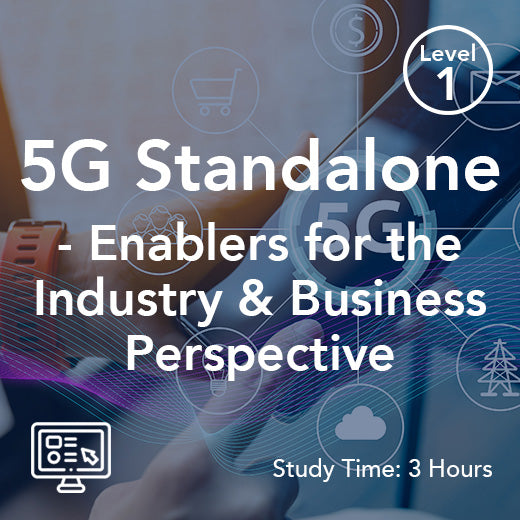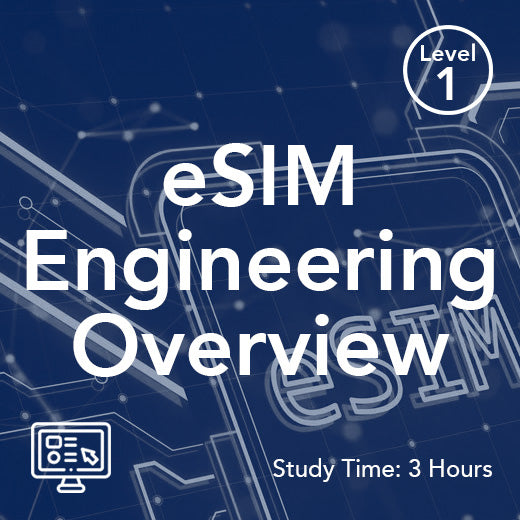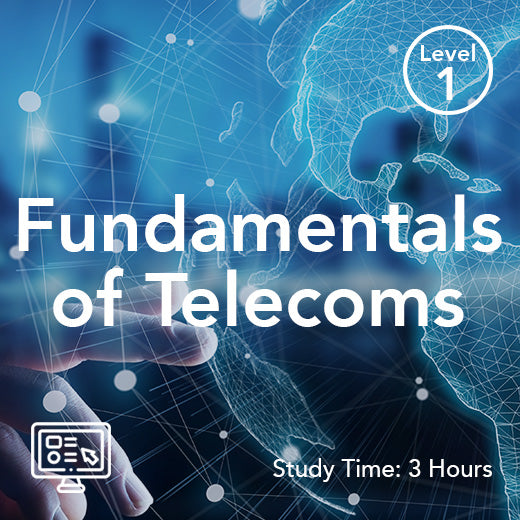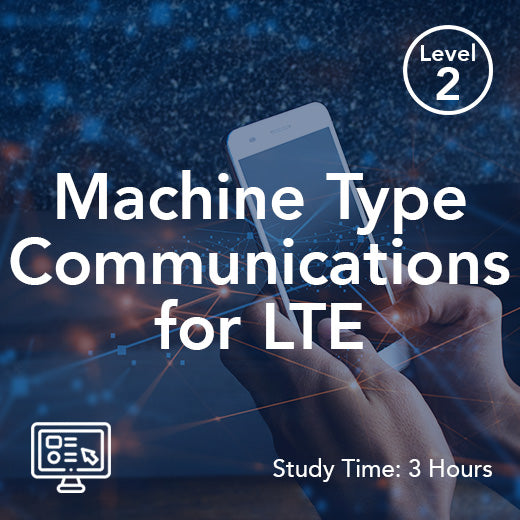Understanding Transmit Power Control: A Practical Guide for Everyone
- , by Stephanie Burrell
- 15 min reading time
Transmit power control is a crucial aspect of modern wireless communication systems, playing a significant role in enhancing performance and efficiency. This article serves as a comprehensive resource on transmit power control, offering in-depth insights into its principles and applications. As we rely more on wireless technology for everything from smartphones to smart homes, understanding how transmit power control works can help us appreciate the seamless connectivity we often take for granted. This concept involves adjusting the power level of a signal transmitted by a device to optimize signal quality and conserve energy. In this guide, we will delve into the basics of transmit power control, explaining its importance, how it works, and its impact on everyday wireless technology. Whether you’re tech-savvy or just curious, this practical guide will help you grasp the essentials of transmit power control.
Introduction to Wireless Networks
Wireless networks have become the backbone of modern communication, allowing devices to connect and share information without the need for physical cables. Whether it’s your home Wi-Fi, mobile phones, or smart home devices, these networks rely on effective power control to function smoothly. Power control is the intelligent management of the transmission output power from each device or transmitter in the network. By carefully adjusting this power, wireless networks can maintain high-quality connections and prevent too much unwanted interference between different systems—such as your own network and those of your neighbors.
This process is essential for ensuring that wireless technology delivers reliable performance, whether you’re streaming a movie, making a call, or using other devices that depend on a stable connection. Without proper power control, networks could suffer from interference, leading to dropped connections, slow speeds, and reduced overall quality. By preventing unwanted interference and optimizing the use of power, wireless networks can provide the seamless, high-performance service that users expect from today’s technology.
What is Transmit Power Control?
Basics of Transmit Power Control
Transmit power control (TPC) is the process of managing the power level of a transmitted signal in wireless communication systems. As a technical mechanism, TPC is used to automatically adjust transmission power levels, thereby reducing interference with other networks and improving device efficiency. The goal is to use just enough power to ensure a good signal quality while conserving energy and minimizing interference with other devices. The idea behind TPC is to automatically reduce transmission power to minimize interference, improve system efficiency, and save battery life. TPC is essential in various technologies, from mobile phones to Wi-Fi networks, where it helps maintain a stable connection and extends battery life. In essence, TPC involves dynamically adjusting the transmit power based on factors like distance to the receiver, current signal quality, and environmental conditions. TPC can operate at the level of a single device, adjusting its power output to optimize performance and reduce interference with other devices in the network. By doing so, it ensures efficient use of the available radio spectrum and enhances overall network performance. Understanding these basics is the first step toward appreciating the broader impact of transmit power control on our everyday wireless experiences.
Importance in Modern Technology
Transmit power control is vital in modern technology because it helps maintain the efficiency and performance of wireless communication systems. Network devices play a crucial role in implementing TPC for efficient wireless communication. In densely populated areas with numerous devices, TPC reduces interference, ensuring that each device can communicate effectively. Network devices supporting transmit power control can automatically adjust their transmission output power to reduce interference and improve network performance, especially in wireless LANs operating in the 5GHz band compliant with IEEE standards. This leads to reduced interference problems, particularly in environments with overlapping wireless networks. This is crucial for technologies like 5G, where high data rates and low latency are essential. Additionally, TPC contributes to energy conservation, which is important for battery-powered devices like smartphones and IoT gadgets. Reduced power usage not only conserves energy but also helps prevent reduced interference problems in dense wireless environments. By optimizing power usage, TPC extends the battery life of these devices, making them more reliable and user-friendly. Moreover, TPC supports better spectrum management, allowing service providers to maximize the use of available frequencies and provide consistent service quality. Overall, the importance of transmit power control in modern technology cannot be overstated, as it directly impacts the performance, efficiency, and sustainability of our wireless communication systems.
How Transmit Power Control Works
Core Principles and Mechanisms
The core principles of transmit power control revolve around balancing signal strength and minimizing power usage. At its heart, TPC uses feedback mechanisms to adjust the power levels of transmitted signals. One common method is to measure the received signal strength indicator (RSSI) at the receiver’s end. If the signal is too strong, the transmitter reduces its power; if too weak, it increases the power. The used transmission output power is dynamically adjusted to maintain optimal communication quality. This dynamic adjustment helps maintain optimal communication quality, and the optimal transmit power often depends on environmental factors, device placement, and regulatory requirements.
Another important mechanism involves link adaptation, where the system continuously monitors the communication link’s quality and adjusts power levels accordingly. Some systems also employ algorithms that predict environmental changes, such as moving obstacles or varying distances, to preemptively adjust power levels.
When transmit power control is applied across multiple devices, reducing the transmit power of each device leads to an accumulated power level reduction, which decreases the sum of radiated power in the network. The reduction of radiated power is a key outcome of effective transmit power control, as it minimizes interference and improves overall network efficiency.
These core principles and mechanisms ensure that transmit power control can adapt to real-world conditions, providing reliable and efficient wireless communication. Understanding these mechanisms helps illustrate the complexities behind the seamless connectivity we often take for granted.
Common Techniques and Strategies
Transmit power control uses several techniques and strategies to maintain efficient communication. One prevalent technique is the closed-loop power control system, where the receiver continuously sends feedback to the transmitter regarding the signal quality. This feedback allows the transmitter to adjust its power output in real-time to achieve optimal performance. Notably, a reduction of 3dB in transmit power is equivalent to cutting the radiated power in half, which significantly reduces interference. Another strategy is the open-loop power control, which relies on initial calibration settings and adjusts power levels based on predefined conditions without frequent feedback.
Adaptive power control is another widely used approach, which adjusts power based on changing environmental conditions or user mobility. This technique is particularly useful in mobile networks where users frequently move in and out of range.
Furthermore, fractional power control is a strategy employed in systems like LTE, which adjusts the power based on a fraction of the path loss, balancing coverage and capacity. These techniques and strategies collectively enable wireless systems to adapt to varying conditions, ensuring consistent and reliable performance.
Maximum Transmit Power and Access Points
The maximum transmit power of access points (APs) is a key factor in designing and managing wireless networks. This setting determines how strong the Wi-Fi signal will be, directly impacting the range, coverage, and overall performance of your network. In most cases, the maximum transmit power for APs in the 2.4 GHz and 5 GHz bands ranges from 20 to 30 dBm, though the exact value can vary depending on the region and the manufacturer’s specifications.
Understanding and managing the maximum transmit power is crucial for network administrators. Setting the power levels too high can lead to excessive interference with other networks and devices, while setting them too low might result in weak signals and poor coverage. By carefully adjusting the transmit power, it’s possible to strike the right balance—ensuring strong, reliable Wi-Fi coverage throughout the desired area while minimizing interference and improving the quality of service for all users. This approach not only enhances network performance but also helps maintain a stable and efficient wireless environment, especially in areas with multiple access points and overlapping networks.
Dynamic Transmit Power Control
Dynamic Transmit Power Control (DTPC) is an advanced feature found in many modern wireless access points. This technology allows APs to automatically adjust their transmit power levels in real time, based on the current wireless environment. DTPC takes into account factors such as signal strength, the presence of interference, and the number of devices connected to the network. By continuously monitoring these parameters, DTPC can optimize power usage to ensure the best possible performance.
One of the main benefits of dynamic transmit power control is its ability to prevent too much unwanted interference, especially in environments where multiple devices and networks operate close together. By reducing power when possible, DTPC not only minimizes interference with other networks but also helps conserve energy, which can extend the battery life of mobile devices connected to the network. This feature is particularly valuable in dense office buildings, apartment complexes, or public spaces, where many access points and devices are competing for the same wireless spectrum. By automatically adjusting power levels, DTPC helps maintain a high-quality, reliable wireless experience for everyone.
Wi-Fi and Power Control
Power control is a fundamental aspect of managing Wi-Fi networks, directly influencing the performance, reliability, and compliance of wireless services. Both Wi-Fi access points and client devices must operate within specific power levels to prevent interference with other networks and to meet regulatory standards. Effective power control, including the use of dynamic transmit power control, enables network administrators to fine-tune transmit power settings for optimal results.
By leveraging these power control mechanisms, Wi-Fi networks can reduce interference, improve signal quality, and deliver a better overall user experience. Adjusting transmit power helps ensure that devices communicate efficiently, even in crowded environments with many overlapping networks. This not only improves the quality of service but also helps prevent performance issues that can arise from excessive interference. Properly managed power levels allow Wi-Fi networks to operate smoothly, providing reliable connectivity and high performance for all connected devices.
Benefits of Transmit Power Control
Enhanced Communication Efficiency
Transmit power control significantly enhances communication efficiency by optimizing the signal quality while minimizing energy consumption. By dynamically adjusting the power levels of transmitted signals, TPC ensures that only the necessary amount of power is used to maintain a stable and robust connection. This not only conserves energy, particularly in battery-operated devices, but also reduces interference with nearby devices, allowing more users and devices to share the same frequency spectrum effectively.
Additionally, TPC helps in maintaining a high quality of service (QoS) by ensuring that signals are neither too weak nor excessively strong, which can lead to degradation in communication quality. In environments with dense device presence, such as urban areas or crowded venues, TPC's ability to control interference is crucial for sustaining seamless connectivity. Overall, the enhanced communication efficiency provided by transmit power control supports the growing demand for reliable and efficient wireless networks in our increasingly connected world.
Energy Conservation and Cost Reduction
Transmit power control plays a pivotal role in conserving energy and reducing operational costs. By fine-tuning the power levels used for transmitting signals, TPC ensures that only the required energy is expended, which is particularly beneficial for battery-powered devices like smartphones and IoT sensors. This energy efficiency extends the battery life of devices, reducing the frequency of recharges or replacements, which in turn lowers costs for users.
From the perspective of service providers, TPC reduces the energy consumption of network infrastructure, such as base stations and access points. This reduction in energy use leads to lower electricity bills and operational costs. Moreover, by minimizing interference and maximizing spectrum usage, TPC can lead to improved network capacity and efficiency, helping providers avoid the need for costly infrastructure upgrades.
Overall, the energy conservation and cost reduction facilitated by transmit power control contribute to more sustainable and economical wireless communication systems, benefiting both consumers and service providers alike.
Challenges and Solutions
Overcoming Technical Barriers
Implementing transmit power control comes with several technical challenges, but solutions are continually being developed to overcome them. Networking devices, especially wireless networking equipment such as WLAN devices operating in the 5GHz band, rely on advanced TPC mechanisms to reduce interference and improve network performance. One significant barrier is the complexity of accurately monitoring and responding to the dynamic wireless environment. Advanced algorithms and machine learning techniques are now being used to predict signal variations and adjust power levels more effectively.
Another challenge is the latency in feedback systems, which can delay power adjustments. To address this, faster and more responsive systems are being designed, often involving real-time data processing and improved communication protocols that minimize delay.
Moreover, integrating TPC in legacy systems without causing disruptions requires careful planning and gradual implementation. Hybrid systems that support both old and new technologies can facilitate a smoother transition.
By addressing these technical barriers, the efficiency and effectiveness of transmit power control systems are continually enhanced, ensuring reliable adaptations in the face of evolving communication demands and technological advancements.
Practical Applications and Case Studies
Practical applications of transmit power control can be seen in various real-world scenarios, each demonstrating its effectiveness in enhancing communication systems. For instance, in mobile networks, TPC is used to maintain signal quality as users move through different environments, such as urban centers and rural areas. This adaptability ensures consistent connectivity and service quality.
In Wi-Fi networks, transmit power control helps manage interference in crowded environments like offices, cafes, and public spaces. By adjusting power levels, Wi-Fi access points (APs) can provide stable connections to multiple devices without overwhelming the network. Transmit power control also helps reduce interference between the owner's network and neighboring networks, improving overall network performance. Selecting appropriate channels, including DFS channels, is important to minimize interference and optimize channel management. The AP plays a key role in managing transmit power and ensuring compliance with regulatory requirements. Regulatory requirements for transmit power and channel usage vary by regions and countries, making compliance essential for legal operation.
Case studies further highlight TPC’s benefits. For example, a study on 5G networks showed that implementing TPC resulted in a 20% improvement in energy efficiency and a significant reduction in interference among devices. Similarly, in IoT networks, TPC has been used to extend the battery life of sensors and devices, reducing maintenance costs and improving overall system reliability. In many real-world deployments, certain TPC features or settings may be enabled by default in devices to ensure regulatory compliance and optimal performance.
These practical applications and case studies underscore the vital role of transmit power control in modern wireless communication.
Future of Transmit Power Control
Emerging Trends and Innovations
The future of transmit power control is marked by several emerging trends and innovations aimed at further enhancing wireless communication efficiency. One notable trend is the integration of artificial intelligence (AI) and machine learning (ML) in TPC systems. These technologies can predict environmental changes and user behavior, allowing for more precise and adaptive power adjustments.
Another innovation is the development of cooperative TPC, where multiple devices and network nodes work together to optimize power levels across a broader network. This collaborative approach can significantly reduce interference and improve overall network performance.
Additionally, advancements in hardware, such as more efficient power amplifiers and adaptive antennas, are enabling more responsive and energy-efficient TPC systems. These innovations are particularly relevant for the rollout of 5G and future 6G networks, which demand higher data rates and lower latency.
These emerging trends and innovations promise to push the boundaries of what transmit power control can achieve, paving the way for more robust and efficient wireless communication systems in the years to come.
Long-term Impacts on Connectivity
The long-term impacts of transmit power control on connectivity are profound, as it enhances the efficiency and reliability of wireless networks. By optimizing power usage, TPC reduces interference and conserves energy, leading to more sustainable network operations. This is crucial as the demand for connectivity increases with more devices joining the Internet of Things (IoT) ecosystem.
In the context of future 5G and 6G networks, TPC will be vital in managing the dense deployment of small cells and ensuring seamless handovers between them. This will result in faster data rates and reduced latency, improving the user experience in applications like virtual reality and autonomous vehicles.
Moreover, TPC contributes to better spectrum management, allowing service providers to accommodate more users and services without compromising quality. The long-term effect is a more scalable and adaptable network infrastructure capable of supporting the ever-growing demand for high-speed, reliable connectivity across diverse environments.

